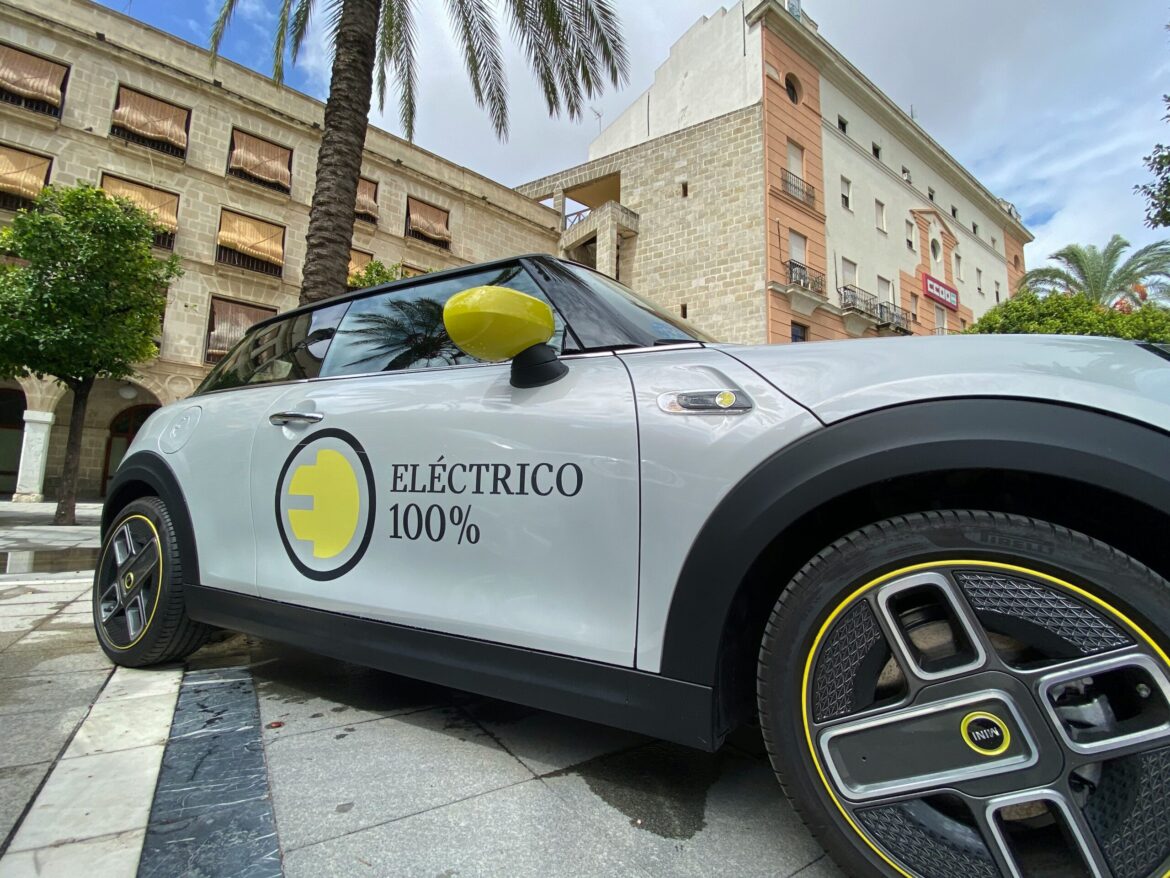In July 2023, the United States reached a significant milestone in its push towards clean energy with electric vehicle (EV) sales soaring to new heights. According to the latest reports from the U.S. Department of Energy and industry analysts, electric vehicle sales accounted for a record 25% of all new car sales in the country for the first time. This remarkable surge came as both consumers and automakers embraced the shift towards more sustainable transportation options, driven by federal incentives, environmental concerns, and advancements in technology.
The rapid increase in EV adoption can be attributed to a number of key factors. Foremost among these was the implementation of tax credits and rebates under the Inflation Reduction Act, which provided consumers with financial incentives to purchase EVs. These incentives, coupled with lower production costs due to technological advancements in battery technology, made electric cars more affordable and accessible to a broader range of consumers.
The car manufacturing industry also played a pivotal role in this shift. Major automakers like General Motors, Ford, and Tesla significantly ramped up their EV production, releasing new models at various price points to appeal to different consumer segments. By July 2023, it was clear that automakers were betting heavily on the future of electric vehicles. In fact, nearly every major brand had at least one fully electric vehicle in their lineup, and many planned to phase out traditional gas-powered models in the coming years.
One of the most notable moments in July 2023 was the launch of several high-profile EV models that generated widespread media coverage and consumer interest. Tesla’s new affordable compact EV, the Model 2, was one of the most anticipated releases, offering a lower entry price that made EV ownership more accessible to middle-income households. Ford’s electric F-150 Lightning, which had already proven popular since its release, continued to see rising demand, signaling a shift in the traditionally gas-heavy truck market toward more eco-friendly options.
In addition to consumer interest, the surge in EV sales was also driven by growing infrastructure investments. A key component of the Biden administration’s clean energy agenda was the nationwide expansion of EV charging networks. By mid-2023, more than 50,000 new charging stations had been installed across the U.S., with an emphasis on rural and underserved areas. This expansion was crucial for alleviating range anxiety, a common concern for potential EV buyers, and making electric vehicles a more viable option for long-distance travel.
Behind the scenes, significant strides were being made in the battery sector as well. Battery technology, once a major hurdle for EV affordability and range, had seen vast improvements. Companies such as LG Energy Solutions, Panasonic, and CATL were scaling up their production of high-capacity lithium-ion batteries, which allowed for longer-lasting, more energy-efficient EVs. These advancements were crucial in pushing electric vehicles into the mainstream, offering consumers better performance and a more reliable driving experience.
The environmental impact of this shift was also a driving force. With growing concerns about climate change, consumers increasingly viewed EVs not just as a practical alternative but as a way to reduce their carbon footprint. As more states set ambitious goals to reduce greenhouse gas emissions, the electric vehicle boom helped push the nation closer to meeting these targets. Many experts believed that the increased adoption of electric vehicles, combined with clean energy initiatives, could significantly reduce the U.S.’s overall carbon emissions by 2030.
The economic effects of the electric vehicle surge were also notable. In July 2023, the EV sector alone employed over 250,000 people in the United States, and that number was expected to grow as production ramped up. The growth in manufacturing jobs, as well as positions related to charging infrastructure, battery technology, and EV maintenance, contributed to the broader economic recovery. Additionally, many states were offering further incentives to manufacturers who set up production plants locally, making EV manufacturing a key part of the future U.S. industrial landscape.
One of the most interesting behind-the-scenes developments in July was the collaboration between automakers and tech companies. In response to the growing demand for EVs, technology firms were developing new software and features designed to enhance the EV experience, from advanced driver-assist systems to over-the-air software updates. For example, partnerships between Tesla and Google’s parent company, Alphabet, led to the integration of Google Maps and Assistant directly into Tesla’s in-car system, enhancing navigation and user experience.
Despite the rapid growth, challenges remained. The cost of raw materials for batteries—particularly lithium, cobalt, and nickel—remained volatile, potentially affecting the pricing of electric vehicles in the coming years. Additionally, the push for EVs raised questions about the need for a national recycling infrastructure to handle the growing number of batteries once they reach the end of their lifecycle.
Still, the momentum in July 2023 was undeniable. The combination of consumer demand, technological advances, and government support had created an environment where electric vehicles were no longer a niche market but a mainstream option for American drivers. The surge in EV sales was more than just a trend; it was a clear sign that the future of transportation in the United States was shifting toward cleaner, greener alternatives.
Looking ahead, the electric vehicle market in the U.S. was expected to continue its upward trajectory. With more automakers committing to EV production, expanding charging infrastructure, and advancing battery technologies, the transition to electric vehicles seemed not only achievable but inevitable. As we moved through the summer of 2023, it was clear that the electric vehicle revolution had arrived—and it was here to stay.


